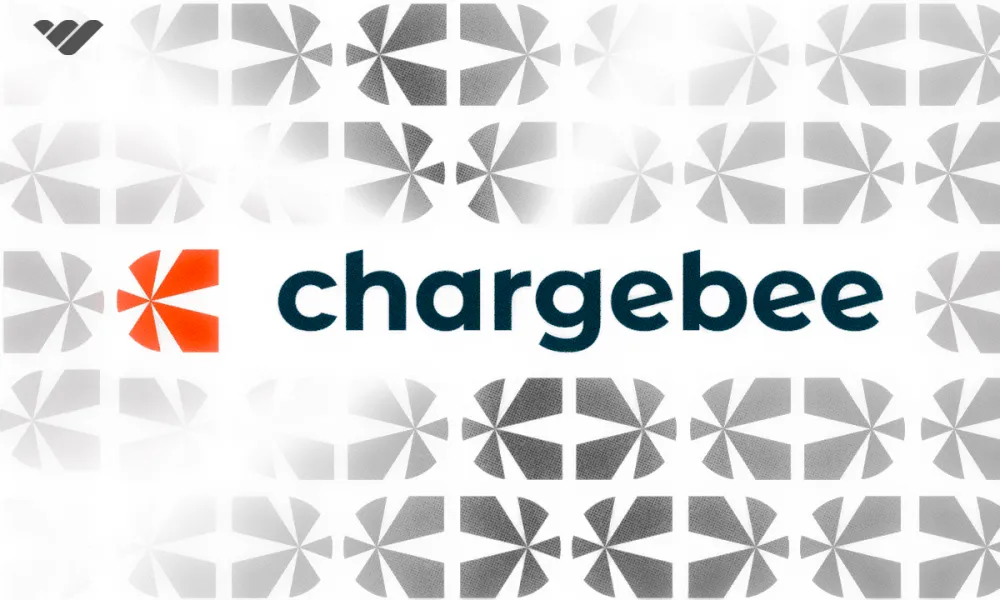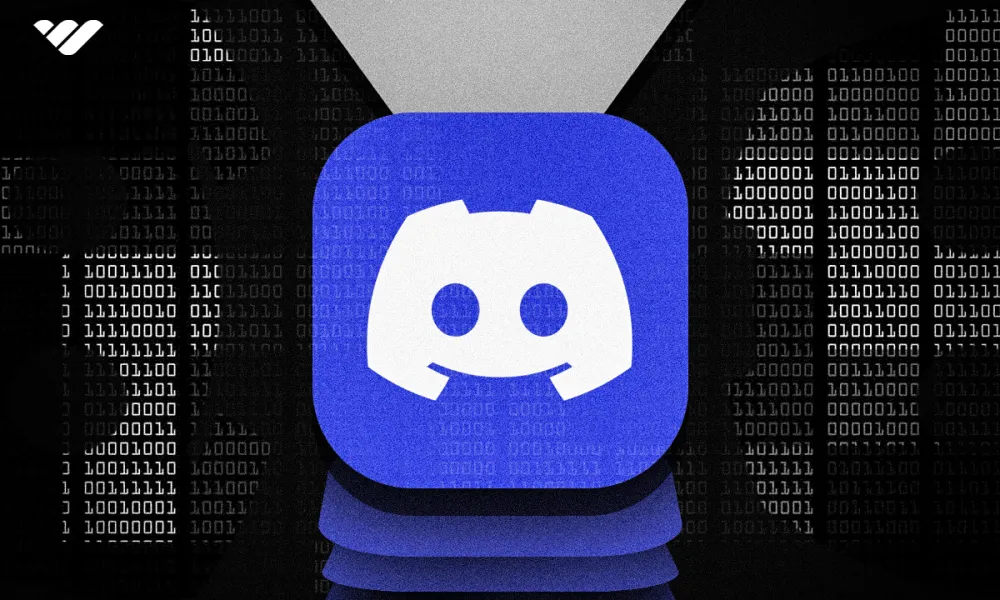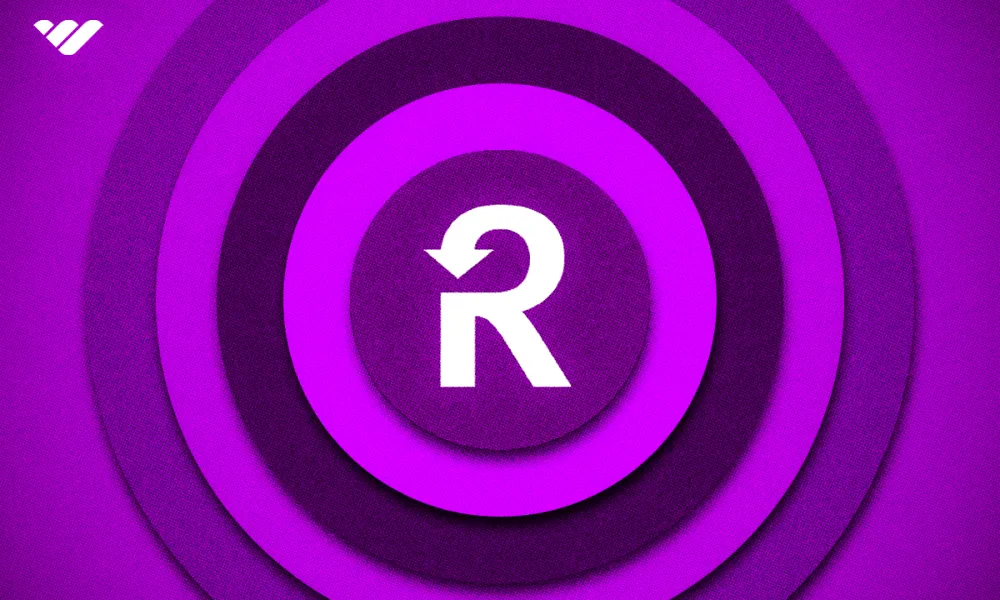DeepSeek is taking the web by storm. Read this article to learn everything about DeepSeek, including how you can use it.
DeepSeek, a Chinese artificial intelligence (AI) startup, has turned heads after releasing its R1 large language model (LLM). This model offers comparable performance to advanced models like ChatGPT o1 but was reportedly developed at a much lower cost.
DeepSeek claims to have developed its R1 model for less than $6 million, with training mostly done with open-source data. If true, this model will make a dent in an AI industry where models can cost hundreds of millions of dollars to train, and expensive computing power is considered a competitive moat.
Here's all you need to know about DeepSeek.
What is DeepSeek R1?
DeepSeek R1 is an open-source artificial intelligence (AI) assistant. If you’re familiar with ChatGPT, you shouldn’t have issues understanding the R1 model. It’s a digital assistant that allows you to ask questions and get detailed answers.
R1 can answer everything from travel plans to food recipes, mathematical problems, and everyday questions. You can ask it to search the web for relevant information, reducing the time you would have spent seeking it yourself.
You can access DeepSeek from the website or download it from the Apple App Store and Google Play Store. You can sign up with an email address, Google account, or Apple ID.
However, some regions are restricted to signing up only with an email address. After you input your email address, DeepSeek will send the code required to complete the registration. Enter this code, and you’re good to go.
Is DeepSeek popular?
DeepSeek is experiencing rapid signups that are straining its infrastructure. Hence, you might see some registration hiccups, such as account errors, not receiving an email code, and repetitive login prompts. The company has promised to fix these issues quickly.
DeepSeek has a more advanced version of the R1 called the R1 Zero. This version was trained with reinforcement learning like ChatGPT’s advanced o1 model. The R1 Zero isn’t yet available for mass usage.
The R1 model has generated a lot of buzz because it’s free and open-source. You don’t need to pay any dime to use the R1 assistant right now, unlike many LLMs that require a subscription for similar features. But, it’s unclear if R1 will remain free in the long run, given its rapidly growing user base and the need for enormous computing resources to serve them.
If other companies provide a clue, DeepSeek might offer the R1 for free and the R1 Zero as a premium subscription. What’s clear is that users will flock to the most affordable AI assistants.
Find out how you can use DeepSeek to create content.
Is DeepSeek open-source?
The R1's open-source nature differentiates it from closed-source models like ChatGPT and Claude. AI researchers and developers can examine the R1’s underlying mechanisms to understand how it processes information. With this understanding, they can replicate the model with significant improvements.
Being open-source isn’t just user-related but also has geopolitical impacts. There's considerable debate on AI models being closely guarded systems dominated by a few countries or open-source models like R1 that any country can replicate. The AI industry is still nascent, so this debate has no firm answer. But, the R1 model illustrates considerable demand for open-source AI models.
The R1 model is quite fun to use. When you ask it a question, it visualizes its “thinking” process, making it feel like a friendly conversation.
What is DeepSeek, the company?
DeepSeek is an AI company based in Hangzhou, Zhejiang. It’s owned by High Flyer, a prominent Chinese quant hedge fund. The company began developing AI models in 2023, shortly after ChatGPT’s release ushered in a global AI boom. Yet, it didn’t gain massive fanfare until the R1 release in January 2025.
In November 2023, DeepSeek unveiled its first AI model, the DeepSeek Coder. In May 2024, it unveiled the more sophisticated DeepSeek V2 series.
The V3 was unveiled in December 2024, drawing considerable attention to DeepSeek. In January 2025, the company unveiled the R1 and R1 Zero models, sealing its global popularity. Its AI assistant has topped app download charts, and users can seamlessly switch between the V3 and R1 models.
DeepSeek has leveraged its virality to draw even more attention. It recently unveiled Janus Pro, an AI-based text-to-image generator that competes head-on with OpenAI’s DALL-E and Stability’s Stable Diffusion models.
How did DeepSeek build an AI model for under $6 million?
Building a sophisticated model like the R1 for less than $6 million would be a game changer in an industry where AI startups have spent hundreds of millions on similar projects. For reference, OpenAI, the company behind ChatGPT, has raised $18 billion from investors, and Anthropic, the startup behind Claude, has secured $11 billion in funding.
Yet, DeepSeek’s full development costs aren’t known. The company claimed the R1 took two months and $5.6 million to train with Nvidia’s less-advanced H800 graphical processing units (GPUs) instead of the standard, more powerful Nvidia H100 GPUs adopted by AI startups.
Many experts have sowed doubt on DeepSeek’s claim, such as Scale AI CEO Alexandr Wang asserting that DeepSeek used H100 GPUs but didn’t publicize it because of export controls that ban H100 GPUs from being officially shipped to China and Hong Kong.
Despite the H100 export ban enacted in 2022, some Chinese companies have reportedly obtained them via third-party suppliers. Many experts claim that DeepSeek developed the R1 with Nvidia H100 GPUs and that its development cost was much larger than the claimed $5.6 million. Chip consultancy SemiAnalysis suggests DeepSeek has spent over $500 million on Nvidia GPUs so far.
However, even if DeepSeek built R1 for, let’s say, under $100 million, it’ll remain a game-changer in an industry where similar models have cost up to $1 billion to develop. DeepSeek has considerably impacted the nascent AI industry, for example, with Nvidia shares falling 17% on Monday and reducing the chipmaker’s market value by $600 billion.
By investors’ reasoning, if DeepSeek demonstrates training robust AI models with the less-powerful, cheaper H800 GPUs, Nvidia will see reduced sales of its best-selling H100 GPUs, which provide high-profit margins. DeepSeek is also considered a general threat to U.S. AI dominance, causing other incumbents like Constellation Energy, a major power supplier to American AI data centers, to lose value on Monday.
DeepSeek’s R1 is currently free to use and has become the most popular app on Apple’s App Store. The app faced temporary outages on Monday January 27th owing to its surging popularity.
How did DeepSeek develop its models with fewer resources?
Many AI experts have analyzed DeepSeek’s research papers and training processes to determine how it builds models at lower costs. In summary, DeepSeek has demonstrated more efficient ways to analyze data using AI chips, but with a caveat.
AI systems usually learn by analyzing vast amounts of data and pinpointing patterns in text, images, and sounds. DeepSeek spreads this analytical process across several specialized AI models. A method usually called a "mixture of experts." This method reduces computing power consumption but also reduces the efficiency of the final models.
DeepSeek’s R1 model isn’t all rosy. After frequent use, we encountered some hiccups like endless answer repetition. Other AI models make mistakes, so we don’t intend to single the R1 model out unfairly.
The excitement around DeepSeek R1 stems more from broader industry implications than it being better than other models. DeepSeek has claimed its model outperforms ChatGPT’s famed o1 and other advanced models, but this claim is questionable. Too many variables make it impossible to state that the R1 wholly outperforms other models.
Many are excited by the demonstration that companies can build robust AI models without enormous funding and computing power. Many countries lack the well-oiled venture capital ecosystem of the U.S. and have been worried about being left behind in the AI race. DeepSeek’s models, developed with limited funding, illustrate that many nations can build formidable AI systems despite this lack.
Is DeepSeek better than ChatGPT?
Comparing DeepSeek and ChatGPT models is challenging. To start, it depends on the use case for which you compare both models. We tested both of them and got positive results.
DeepSeek excels at technical reasoning for a free model. ChatGPT also excels at this criterion, but its most advanced model, the o1-pro, requires a $200 monthly subscription. From our test, o1-pro was better at answering mathematical questions, but the high price tag remains a barrier for most users. Unsurprisingly, many users have flocked to DeepSeek to access advanced models for free.
Using DeepSeek can make you question whether it’s worth paying $25 per month to access ChatGPT’s o1 model and $200 monthly for its o1-pro model. Still, there’s no guarantee that DeepSeek’s advanced models will stay free forever.
After testing both models, we consider ChatGPT better for creative writing and conversational tasks. Its memories feature enables it to reference previous conversations when crafting new answers. Using ChatGPT feels more like having a long conversation with a friend, while DeepSeek feels like starting a new conversation with each request.
OpenAI’s free ChatGPT models also perform well compared to DeepSeek. With increasing competition, OpenAI might add more advanced features or release some paywalled models for free. It has unveiled a limited version of its o3 model, ChatGPT’s most advanced yet, and this model could stun the AI world after its final release.
Regardless of which is better, we welcome DeepSeek as formidable competition that’ll spur other AI companies to innovate and deliver better features to their users.
How to use DeepSeek
DeepSeek can be accessed from a web browser or downloaded to your smartphone. The mobile app is available on iOS and Android. It doesn’t have a standalone desktop app.
On a browser
- Visit DeepSeek.com and click Start Now.

- You’ll be redirected to a login page. Click on the Sign-Up button on this webpage.

- Enter your email address and password on the next page. After entering these details, click on the “Send Code” button for DeepSeek to send a unique code to your email address. This code is required for registration.

- Enter the code to complete the registration, and you’ll be redirected to your DeepSeek dashboard.
DeepSeek supports registering with a Google account in some regions.
We’ve mentioned that DeepSeek is experiencing massive signups, leading to technical glitches. Many users complained about not receiving codes to complete their registrations. If this is your case, you can wait and retry the registration process later.
On iOS
- Open the App Store.
- Search for “DeepSeek” and click on the “DeepSeek - AI Assistant” listing.
- Click on the “Get” button and confirm the download.

On Android
- Open Play Store.
- Search for DeepSeek and select the “DeepSeek - AI Assistant” result.
- Click on the “Install” button and confirm the download.

On Ollama
If you’re an AI researcher or enthusiast who prefers to run AI models locally, you can download and run DeepSeek R1 on your PC via Ollama.
You can access seven variants of R1 via Ollama: 1.5B, 7B, 8B, 14B, 32B, 70B, and 671B. The B stands for “billion,” identifying the number of parameters in each variant.
We advise running the 8B variant on your local PC, as this compressed version best suits high-spec PCs with Nvidia GPUs. The complete 671B model is too powerful for a single PC; you’ll need a cluster of Nvidia H800 or H100 GPUs to run it comfortably.
- Download Ollama via its official website. It’s available on Windows, macOS, and Linux.
- Install Ollama on your PC and open a terminal (Command Prompt, PowerShell, or Terminal depending on your OS).
- Run the following command to download and launch the DeepSeek R1 8B model:
ollama run deepseek-r1:8b The command will immediately download and launch the R1 8B variant on your PC. Then, you can start using the model. You can also verify the download using the command below:
ollama listThe DeepSeek API
DeepSeek offers an API that allows third-party developers to integrate its models into their apps. This API costs money to use, just like ChatGPT and other prominent models charge money for API access.
DeepSeek charges $0.28 per million output tokens for its V3 model and $2.19 per million for its R1 model. For comparison, OpenAI charges $60 per million output tokens for its most advanced o1 model and $5 for its everyday 4o model.
Developers can access and integrate DeepSeek’s APIs into their websites and apps. Interested developers can sign up on the DeepSeek Open Platform, create API keys, and follow the on-screen instructions and documentation to integrate their desired API.
DeepSeek, Nvidia, and other AI companies
Nvidia is one of the main companies affected by DeepSeek’s launch. This company’s H100 GPU is the gold standard for training AI models. Demand for this GPU is so high that Nvidia’s revenue rose from $27 billion in 2023 to $61 billion in 2024.
H100 GPUs have become pricey and difficult for small technology firms and researchers to obtain. Hence, startups like CoreWeave and Vultr have built formidable businesses by renting H100 GPUs to this cohort. Nvidia is the grease of the current AI boom. It’s the biggest manufacturer of shovels in the AI gold rush.
DeepSeek's impact on Nvidia's stock
DeepSeek has spurred concerns that AI companies won’t need as many Nvidia H100 chips as expected to build their models. This situation might reduce the company's future sales and profit margins. Unsurprisingly, Nvidia’s stock fell 17% in one day, wiping $600 billion off its market value. The company retains a still-mammoth market value of $2.9 trillion.
An alternative viewpoint is that DeepSeek’s rise won’t affect Nvidia much. Many experts doubt the company’s claim that its sophisticated model cost just $5.6 million to develop. As mentioned, SemiAnalysis estimates that DeepSeek has spent over $500 million on Nvidia chips. Another expert, Scale AI CEO Alexandr Wang, theorized that DeepSeek owns 50,000 Nvidia H100 GPUs worth over $1 billion at current prices.
Given the estimates, demand for Nvidia H100 GPUs likely won’t reduce soon. It could even increase as more AI startups are emboldened to train models themselves instead of leaving this market for the heavily funded players. Nvidia remains the golden child of the AI industry, and its success essentially tracks the broader AI boom.
DeepSeek and ChatGPT
Another company heavily affected by DeepSeek is ChatGPT creator OpenAI. It now has a new competitor offering similar performance at much lower prices. DeepSeek’s most sophisticated model is free to use, while OpenAI’s most advanced model requires an expensive $200-per-month subscription. DeepSeek’s APIs cost much less than OpenAI’s APIs.
App developers have little loyalty in the AI sector, given the scale they deal with. Many would flock to DeepSeek’s APIs if they offer similar performance as OpenAI’s models at more affordable prices. This change would be more pronounced for small app developers with limited budgets.
OpenAI has to change its strategy to maintain its dominant position in the AI field. The company can do that by releasing more advanced models that significantly surpass DeepSeek’s performance or by lowering the costs of existing models to retain its user base.
In a healthily competitive tone, OpenAI CEO Sam Altman said on X, "DeepSeek's R1 is an impressive model, particularly around what they're able to deliver for the price….We will obviously deliver much better models, and also, it's legit invigorating to have a new competitor!”
The message is clear. OpenAI will speed up model releases to stay ahead of DeepSeek. A new fast-moving competitor just joined the race, so OpenAI and other AI model developers must speed up or risk losing their positions.
DeepSeek is China’s breakout moment in an AI industry dominated by U.S. companies. The nascent AI industry has spurred rapid developments like few other industries have. Hopefully, more countries will join the race and build formidable competitors to industry incumbents.
DeepSeek: The consensus disrupter
DeepSeek has forced venture capitalists and Wall Street firms to question the AI industry’s assumptions. Until recently, the consensus was that the AI industry needed more computational power to boost models' performance and analytical skills. This consensus meant buying more Nvidia GPUs and building energy infrastructure to meet these GPUs’ enormous power demands.
The new company on the block, DeepSeek, has made it clear that the brute force strategy of adding endless computing power isn’t the only way. Researchers must put more effort into fine-tuning existing AI models and designing efficient AI models that deliver more with less computing power.
AI is far from dead, but the landscape has shifted more than expected. This barely-a-decade-old industry is full of surprises, and it’s hard to tell what the future holds. Indeed, exponential growth can be hard to grasp.
DeepSeek's role in the U.S.-China AI race
Few industries have had as much political impact as the AI industry and less so in a short period. AI is heralded as the future, where countries that dominate the industry have a sizable political and economic lead. The U.S. kicked off this growth, and other companies are undoubtedly vying for a slice of the pie.
DeepSeek has solidified China’s position in the AI race against the U.S., whose President, Donald Trump, called it a “wakeup call” for the U.S. tech industry. "The release of DeepSeek, AI from a Chinese company should be a wakeup call for our industries that we need to be laser-focused on competing to win," Trump said in Florida.
"I've been reading about China and some of the companies in China, one in particular coming up with a faster method of AI and much less expensive method, and that's good because you don't have to spend as much money. I view that as a positive, as an asset," Trump said. "I view that as a positive because you'll be doing that too, so you won't be spending as much, and you'll get the same result, hopefully."
Logically, if Chinese companies develop a cost-effective way to build robust AI models, U.S. companies will follow suit, and so will other countries. If global industry players can develop sophisticated models at much lower costs, it will be a good thing. It will mean everyday consumers can access valuable AI features without breaking the bank.
Imagine a world where the average internet user can interact with the best AI models for free or at negligent costs. That’s a solid possibility, and DeepSeek has helped usher in this future. We say a resounding toast to more AI competition.
Find AI-focused communities at Whop
Looking to learn more about AI and how you can make money with AI? Whop is home to communities and courses that can help you do just that.
Explore Whop, find your AI-focused community, and connect with like-minded individuals today.


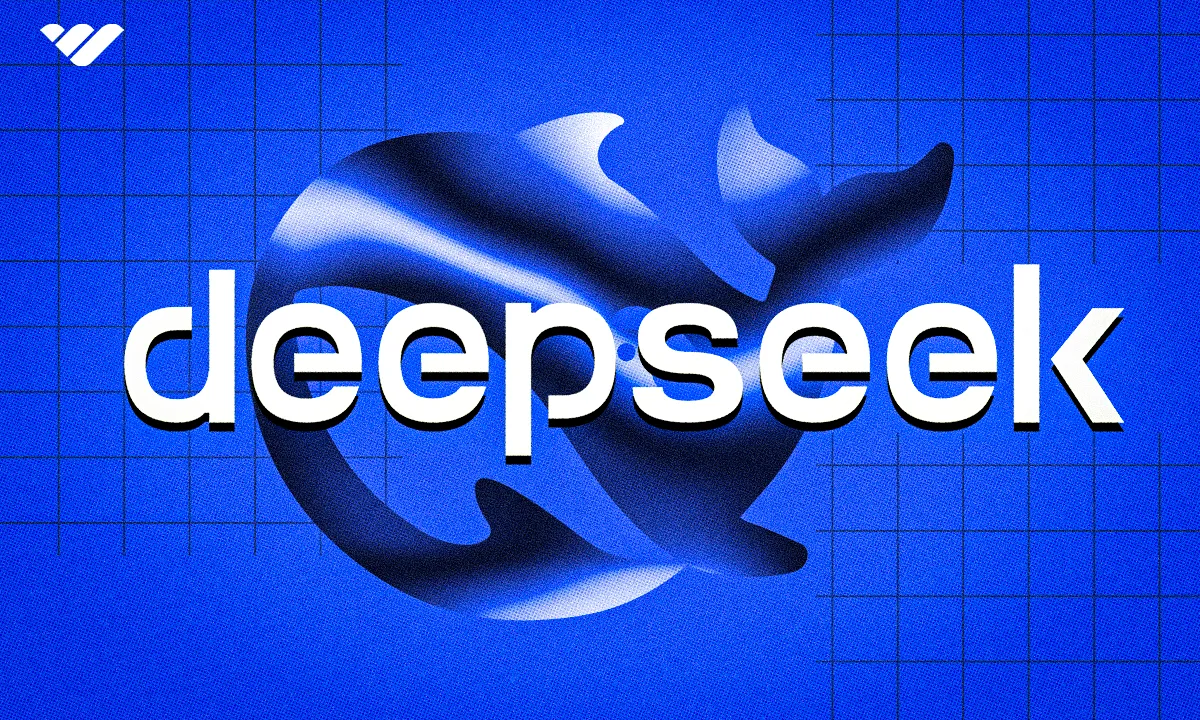
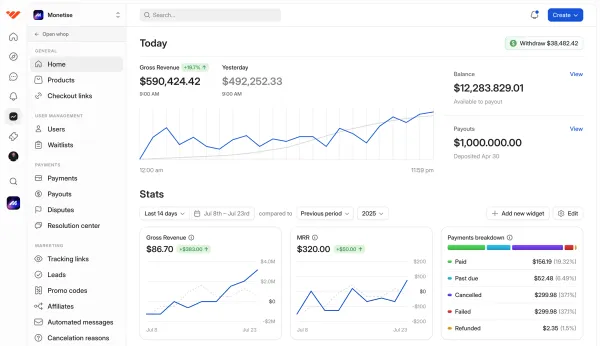
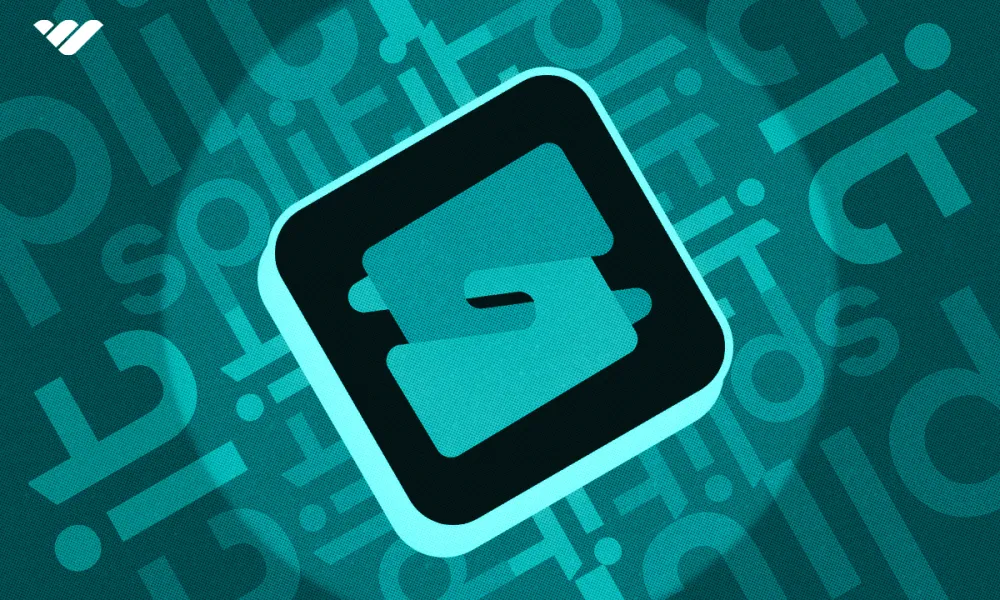
![Mighty Networks: is it the best choice for your community? [2026 review]](/blog/content/images/size/w1000/2024/05/What-is-Mighty-Networks-Features--Pricing--and-Alternatives-2024-Review.webp)

![The best online newsletter platforms [2026]](/blog/content/images/size/w1000/2024/05/Best-online-newsletter-platforms.webp)
![Top 17 best online course platforms to sell your course [2026]](/blog/content/images/size/w1000/2024/06/Best-Online-Course-Platforms.webp)

